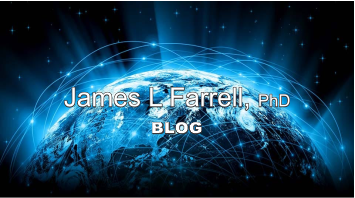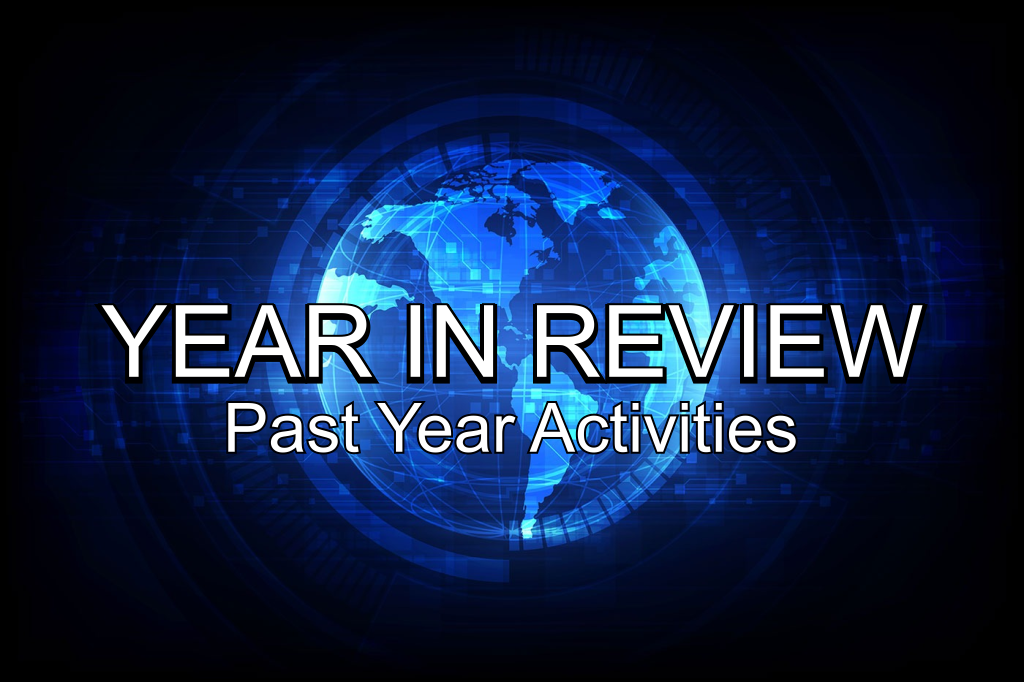Matrix Theory for Modern Estimation
Recent videos providing just enough matrix theory needed for Kalman filtering are available for those attending courses I teach (to allow review of limited time covering it in class). The one-hour presentation is divided into three sections, each with a preview.
The first section, with very little math, begins by explaining why matrices are needed — and then immediately emphasizes that
MATH ALONE IS NOT ENOUGH. To drive home that point, a dramatic illustration was chosen. Complex motions of a satellite, though represented in a MATHEMATICALLY correct way, were not fully understood by its designers nor by the first team of analysts contracted to characterize it. From those motions, shown with amplitudes enlarged for easy visualization, it becomes clear why insight is every bit as important as the math. That one word
insight -- the title of a video on this website -- justifies all efforts to master this material.
The matrix presentation supplies theoretical prerequisites that will assist aspiring designers in formulating linear(ized) estimation algorithms in block (weighted least squares) or sequential (recursive Kalman/EKF) form. Familiar matrix types (e.g., orthogonal, symmetric), their properties, how they are used — and why they are useful — with interpretation of physical examples, enable important operations both powerful and versatile. An enormous variety of applications involving systems of any order can be solved in terms of familiar expressions we learned as teenagers in college.










